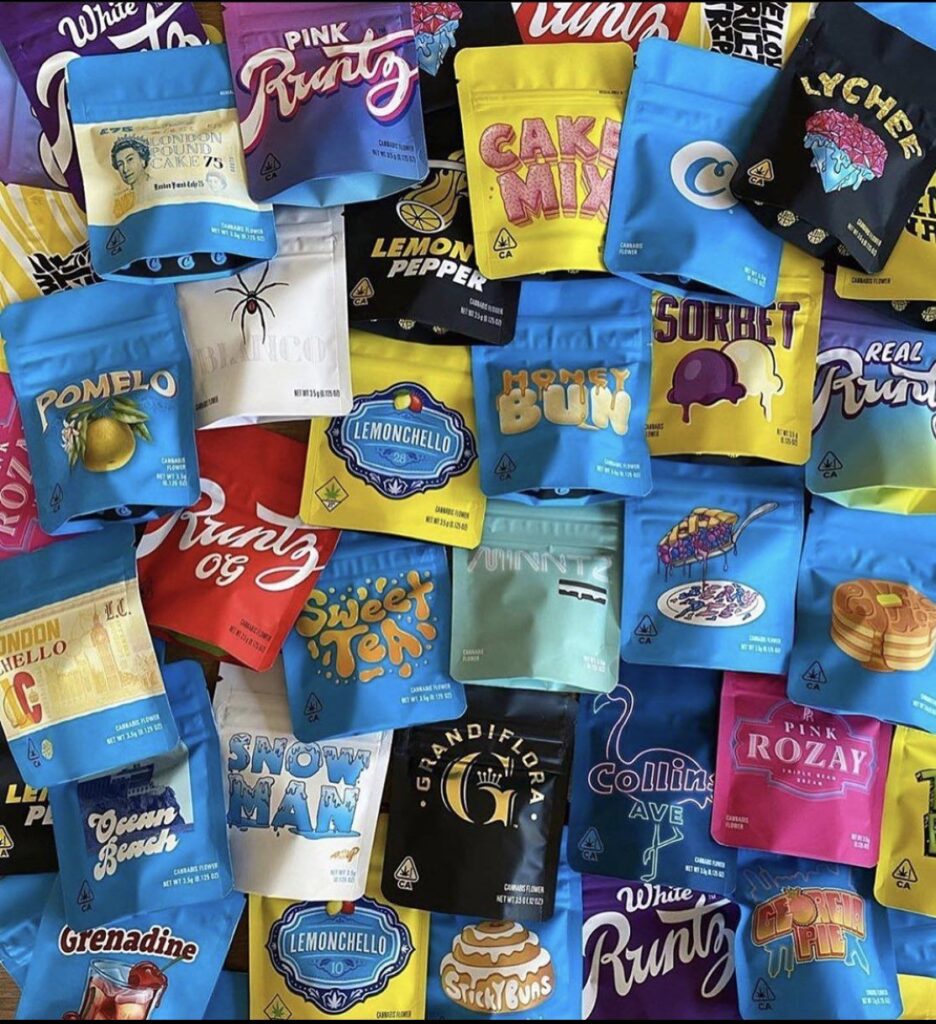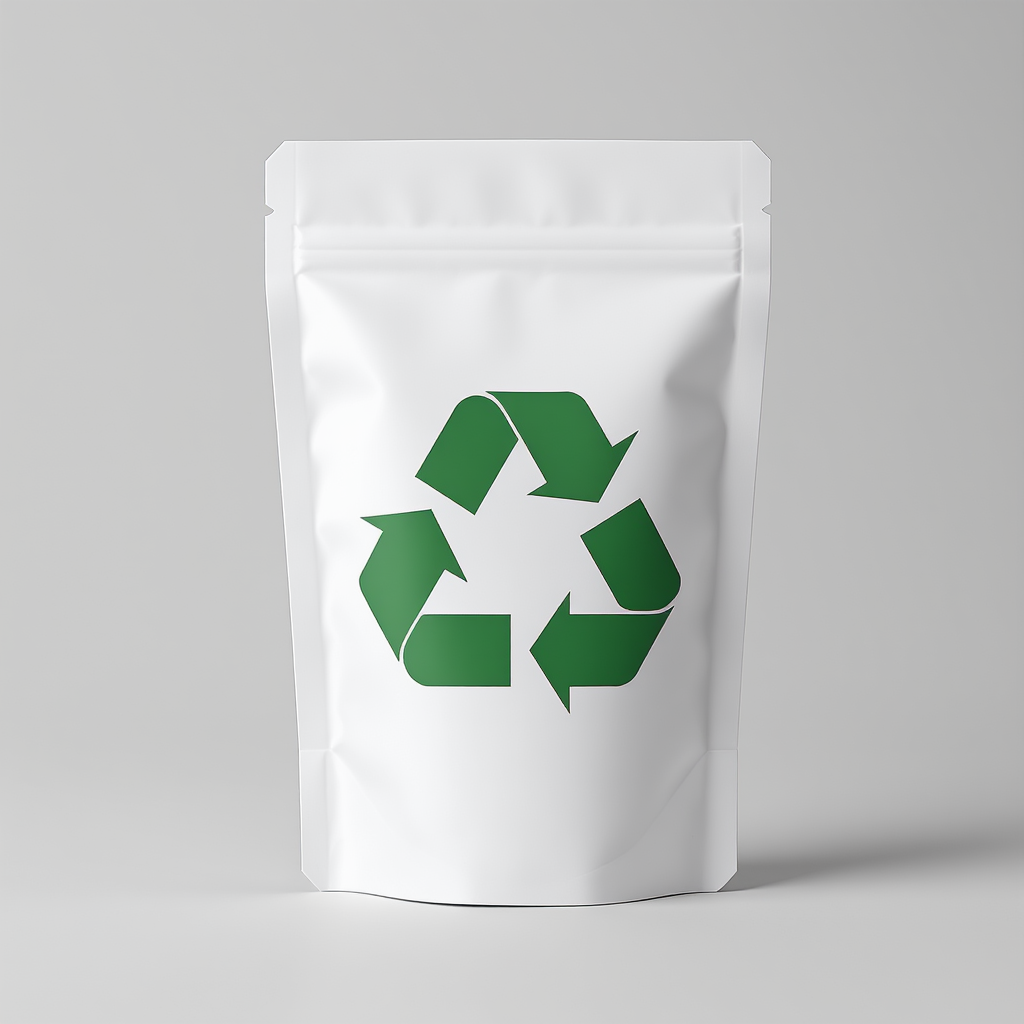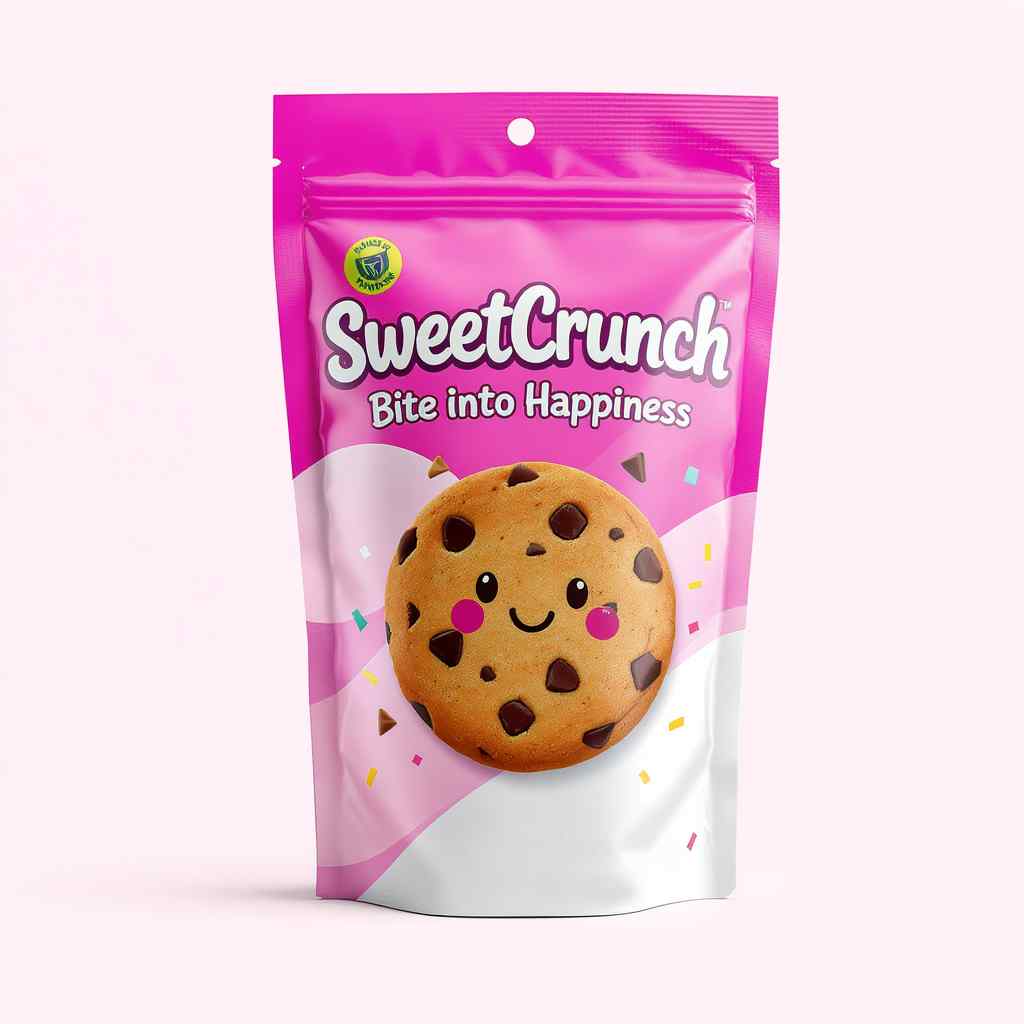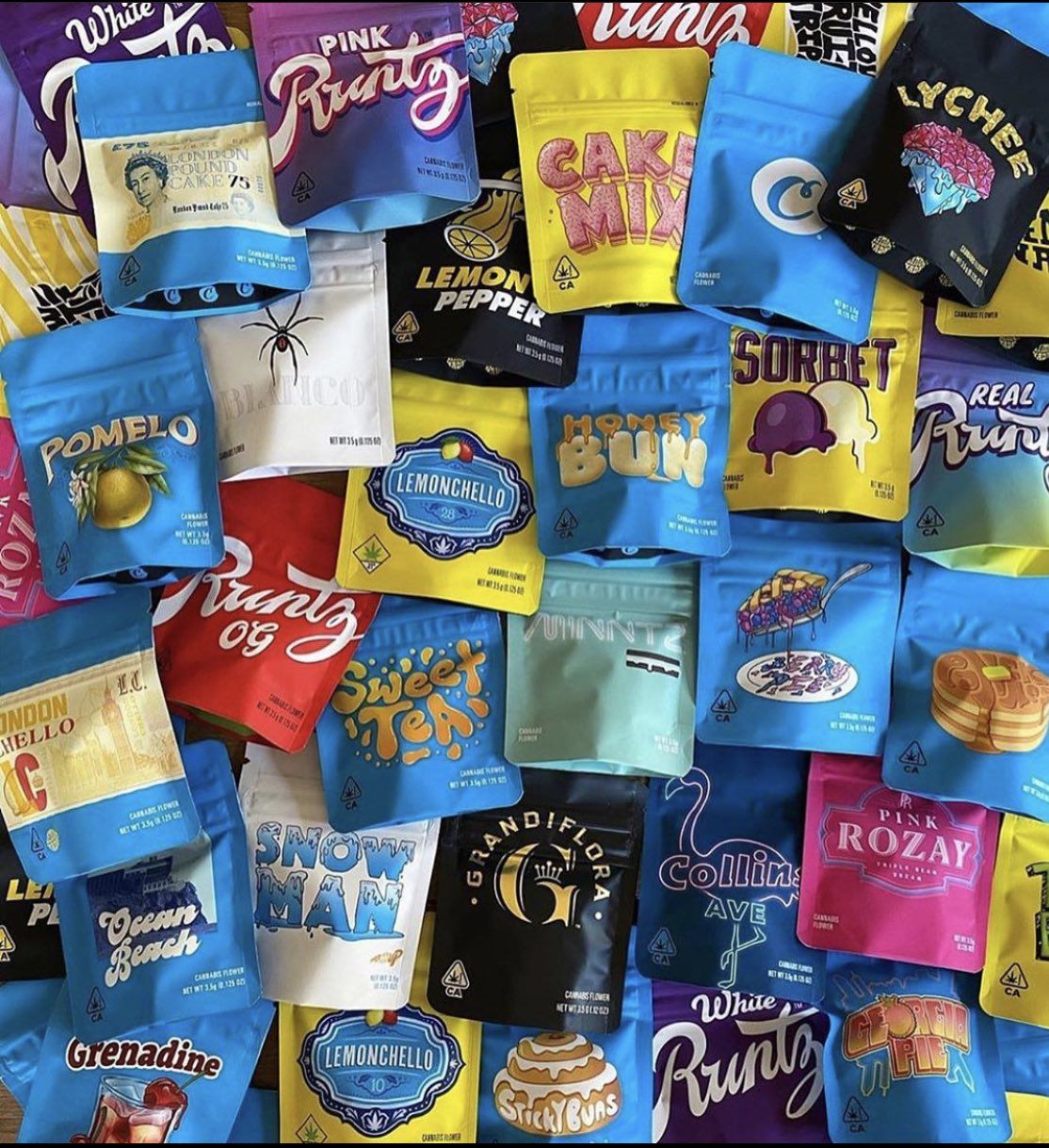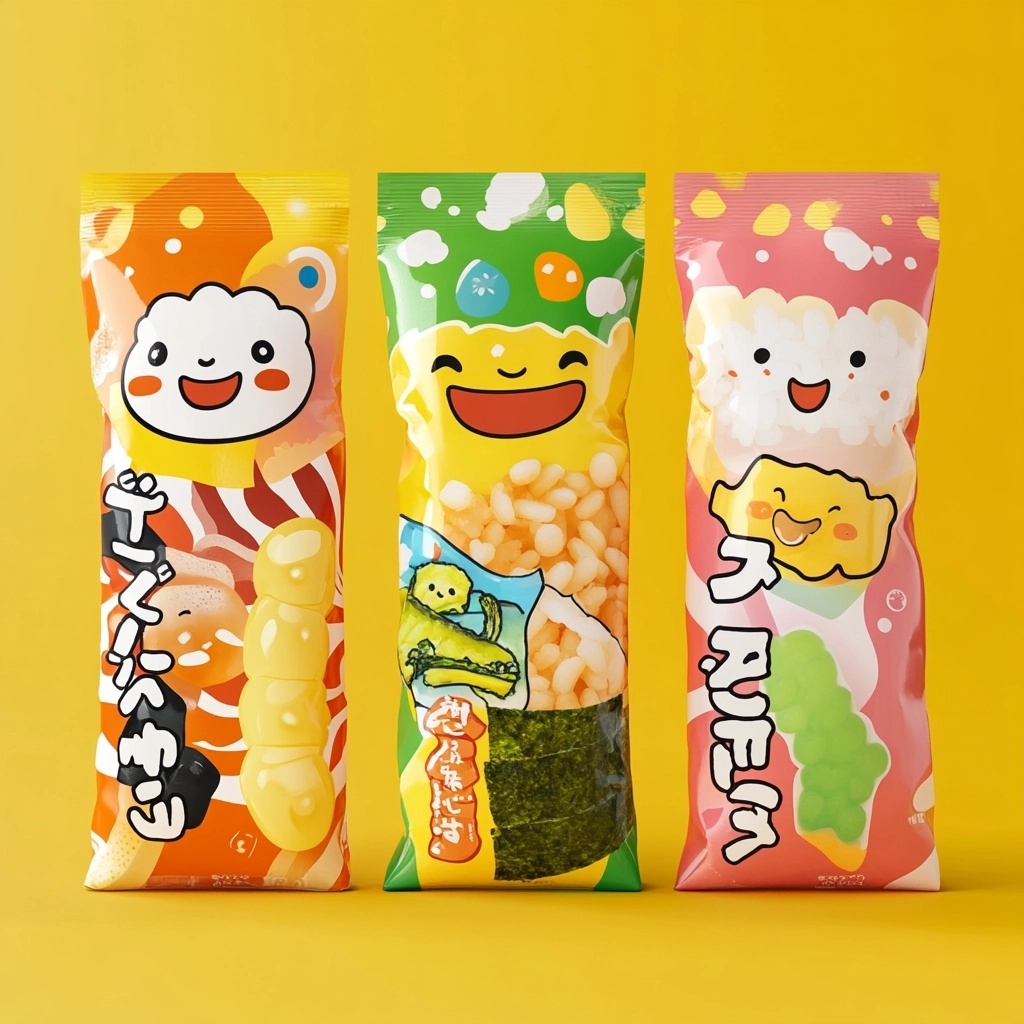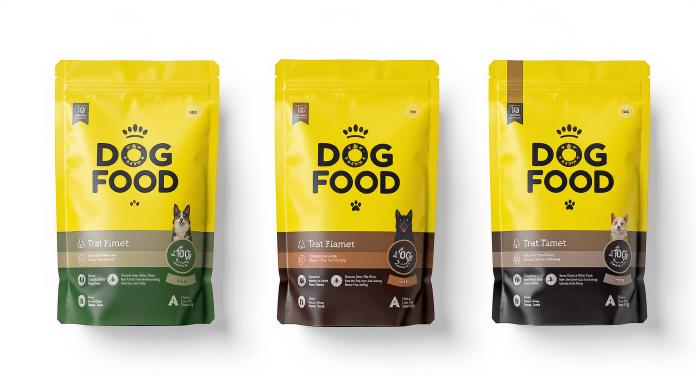Packaging decisions can make or break your product in today's competitive market. Many brands struggle with packaging that fails to protect products, attract consumers, or meet sustainability goals. Preformed pouches offer versatile solutions to these common challenges.
Preformed pouches are ready-made flexible packaging containers manufactured in specific shapes and sizes before being filled with products. They come in various styles including stand-up, flat bottom, side gusset, and zipper pouches, and can be customized with different materials, barriers, and features to suit diverse product requirements.
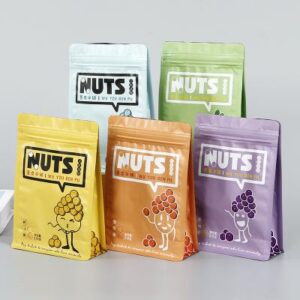
I've been in the packaging industry for over a decade, and I've seen firsthand how the right pouch can transform a product's market performance. Let's explore the world of preformed pouches to help you make informed decisions for your brand's packaging needs.
What Are the Most Popular Types of Preformed Pouches?
Finding the right pouch style for your product can feel overwhelming. There are numerous options available, each with unique benefits that could impact your product's shelf appeal and functionality.
The most popular preformed pouches include stand-up pouches (with their stable base and excellent shelf presence), flat bottom pouches (offering superior stability and premium appearance), three-side seal pouches (economical and versatile), and specialized options like spout pouches for liquids and zipper pouches for resealability.
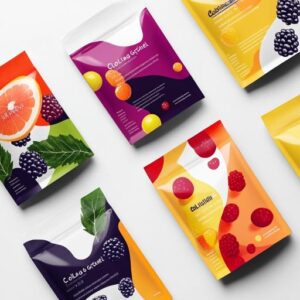
Dive Deeper: Comparing Pouch Types and Their Applications
When I consult with clients about packaging options, I always start by understanding their specific product needs. Each pouch style serves different purposes and creates different consumer experiences. Stand-up pouches, for example, have become increasingly popular for products ranging from snacks to detergents because of their excellent shelf visibility and stability. The gusseted bottom creates a flat base that allows the pouch to stand upright, maximizing brand visibility at the point of sale.
Flat bottom pouches take this stability even further with their box-like bottom and premium appearance. I've seen many premium coffee brands switch to this format because it combines the benefits of rigid packaging with the cost-effectiveness of flexible materials. The square bottom also creates more space for branding and product information.
For products that don't require a standing feature, three-side seal pouches offer an economical solution with minimal material usage. These are particularly popular for single-serve items, sample packages, and products with high turnover rates.
Specialized Pouch Features
| Feature | Benefit | Common Applications |
|---|---|---|
| Zipper | Resealability, extended freshness | Snacks, pet food, cereals |
| Spout | Controlled pouring, convenience | Beverages, sauces, baby food |
| Tear notch | Easy opening | Confectionery, snacks |
| Window | Product visibility | Pasta, nuts, dried fruits |
| Hang hole | Retail display options | Cosmetics, small electronics |
What Materials Are Used for Preformed Pouches and Why Do They Matter?
Selecting the wrong packaging material can lead to product spoilage, poor shelf life, or even regulatory compliance issues. Many brands don't realize how critical material selection is until they face these problems.
Preformed pouches typically use multi-layer films combining PET for durability, aluminum foil or metalized films for barrier properties, and PE for heat sealing. Modern options include recyclable mono-materials like PE/PE or compostable materials made from plant-based sources that maintain necessary barrier properties while improving sustainability.
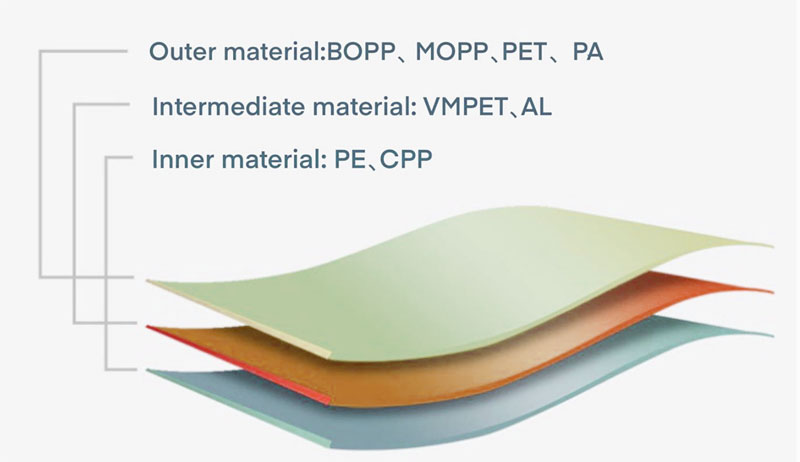
Dive Deeper: Material Properties and Selection Criteria
Material selection is where science meets art in packaging design. In my years working with food companies and consumer brands, I've learned that understanding the interaction between packaging materials and products is fundamental to successful package design.
Multi-layer structures are the workhorses of flexible packaging. Each layer serves a specific purpose: outer layers provide printability and puncture resistance, middle layers offer barrier properties against oxygen, moisture, and light, while inner layers provide heat-sealability and food safety. The specific combination depends entirely on your product's needs.
For example, coffee packaging requires excellent oxygen barriers to preserve freshness and aroma, while snack packaging might prioritize moisture barriers to maintain crispness. I once worked with a premium chocolate manufacturer who needed both light and oxygen barriers plus temperature resistance—requiring a completely different material structure than a dried fruit producer.
Material Selection Guide
| Product Type | Recommended Structure | Key Properties |
|---|---|---|
| Coffee | PET/AL/PE or PET/VMPET/PE | High oxygen barrier, aroma protection |
| Snacks | PET/VMPET/PE or PET/PE | Moisture barrier, crispness preservation |
| Pet Food | PET/PE or Kraft/PE | Puncture resistance, freshness retention |
| Frozen Foods | PET/PE with adequate thickness | Freezer compatibility, durability |
| Liquid Products | PET/AL/NY/PE or similar | Liquid barrier, strength |
The sustainability aspect of materials cannot be ignored in today's market. I'm seeing increasing demand for recyclable options like mono-material PE/PE structures or paper-based alternatives. While these often come with technical challenges around barrier properties and machinability, advances in material science are rapidly closing these gaps.
How Can Preformed Pouches Enhance Product Shelf Life?
Product waste due to inadequate packaging is a significant problem for many brands. I've seen companies lose thousands of dollars when their products spoil prematurely or sustain damage before reaching consumers.
Preformed pouches enhance shelf life through multi-layer barrier films that protect against oxygen, moisture, light, and contaminants. Advanced features like modified atmosphere packaging, oxygen scavengers, and hermetic seals can extend product freshness by months or even years, reducing waste and expanding market reach.

Dive Deeper: Barrier Properties and Preservation Techniques
The science behind shelf life extension fascinates me because it combines chemistry, materials science, and food technology. When I consult on packaging projects, I often find that brands underestimate how significantly the right barrier properties can impact their product's longevity and quality.
Oxygen is the primary enemy for many products, causing oxidation that leads to rancidity in fats, color changes, and nutrient degradation. High-quality oxygen barriers like aluminum foil provide near-perfect protection, while metalized films and specialized coatings offer good barriers with added flexibility and lower cost. For products like coffee, even minimal oxygen exposure can degrade flavor compounds rapidly, making barrier selection critical.
Moisture control works both ways in packaging: keeping humidity out (for dry products) or in (for moist products). The water vapor transmission rate (WVTR) of your packaging material directly impacts how quickly your product will stale or dry out. I've helped clients select materials with precisely calculated WVTR values based on their specific product water activity.
Advanced Preservation Features
| Technology | Function | Typical Applications |
|---|---|---|
| Modified Atmosphere Packaging | Replaces air with protective gases | Meat, cheese, prepared foods |
| Oxygen Scavengers | Actively removes oxygen inside packaging | Coffee, nuts, nutritional products |
| Ethylene Absorbers | Removes ethylene gas | Fresh produce |
| UV Inhibitors | Blocks harmful light | Oils, vitamins, colored products |
The relationship between packaging format and filling processes also impacts preservation. Preformed pouches allow for nitrogen flushing during the filling process, which displaces oxygen before sealing. This technique, combined with proper barrier materials, can extend shelf life dramatically—I've seen shelf life extensions from weeks to months for certain snack products after implementing these changes.
What Are the Cost Considerations for Switching to Preformed Pouches?
Budget constraints often lead companies to make shortsighted packaging decisions. Many businesses focus only on unit cost without considering the total value and return on investment that better packaging provides.
Switching to preformed pouches typically involves initial investments in filling equipment and higher per-unit material costs compared to simple films. However, brands often realize cost savings through reduced product damage, extended shelf life, lower shipping weights, optimized storage space, and increased sales from improved shelf appeal.
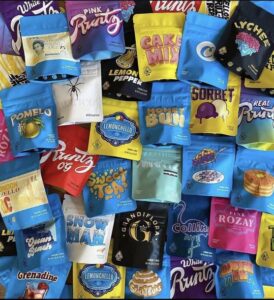
Dive Deeper: Economic Analysis of Packaging Choices
Making the financial case for premium packaging requires looking beyond the simple unit cost. In my experience working with brands transitioning to preformed pouches, I approach cost analysis from multiple angles: direct costs, operational impacts, and market effects.
Direct costs include the actual packaging materials, equipment investments, and labor requirements. Preformed pouches typically cost more per unit than basic packaging like plain films or paper bags. However, automation efficiencies often offset these higher material costs. I worked with a nut company that initially balked at the higher cost of stand-up pouches but found that their filling speeds increased by 30% with new semi-automatic equipment, reducing labor costs significantly.
Storage and transportation efficiencies represent another major cost factor. Flexible pouches dramatically reduce package weight compared to rigid alternatives like jars or cans—sometimes by up to 85%. For a beverage client shipping nationally, this weight reduction translated to approximately 18% savings in freight costs. Additionally, unfilled preformed pouches take up minimal warehouse space compared to rigid containers.
Cost-Benefit Analysis Factors
| Factor | Traditional Packaging | Preformed Pouches |
|---|---|---|
| Material Cost | Lower per unit | Higher per unit |
| Shipping Weight | Heavier (especially rigid) | Lighter |
| Storage Space | More volume | Less volume |
| Product Protection | Variable | Excellent |
| Production Speed | Varies by format | Generally high |
| Consumer Perceived Value | Often lower | Typically higher |
Market impact is perhaps the most significant but hardest to quantify factor. Premium packaging can command premium pricing—I've seen products increase prices by 15-20% after upgrading to high-quality preformed pouches with enhanced graphics and functionality. Additionally, the extended shelf life means reduced returns and waste, which directly impacts the bottom line.
How Can Preformed Pouches Support Sustainability Goals?
Many brands struggle to balance environmental commitments with practical packaging requirements. Traditional solutions often force compromises between protection, presentation, and planet-friendly attributes.
Today's preformed pouches support sustainability through material reduction (using up to 85% less material than rigid packaging), recyclable mono-material options (PE/PE or PP/PP structures), paper-based alternatives, and compostable bio-films made from plant sources. Even conventional pouches reduce transportation emissions due to their lightweight nature.
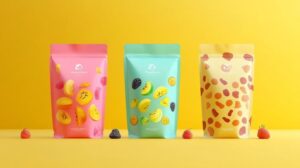
Dive Deeper: Navigating Sustainable Packaging Options
Sustainability in packaging isn't simply about being "recyclable" or "biodegradable"—it's about understanding the full environmental impact across the entire life cycle. I've guided many brands through this complex landscape, helping them make choices that align with both their environmental values and practical needs.
Material reduction represents the most straightforward environmental benefit of flexible pouches. Using less material inherently reduces resource consumption and waste. For example, a 16oz stand-up pouch weighs approximately 5-7 grams, while a plastic bottle with the same capacity might weigh 50-60 grams. This 90% material reduction has tremendous upstream environmental benefits in raw material extraction, manufacturing, and transportation.
Recyclability has historically been challenging for multi-layer flexible packaging, but new developments are changing this. Mono-material structures made entirely of polyethylene or polypropylene can now deliver acceptable barrier properties for many applications while remaining technically recyclable. I recently helped a personal care brand transition to a PE/PE structure with special barrier additives that maintained sufficient product protection while improving end-of-life options.
Sustainability Options Comparison
| Option | Environmental Benefits | Limitations | Best For |
|---|---|---|---|
| Material Reduction | Lower carbon footprint, less waste | Still uses conventional materials | All products |
| Mono-material (PE/PE) | Technically recyclable | Moderate barriers only | Dry goods, short shelf life |
| Paper-based | Renewable resource, consumer appeal | Often contains plastic layers | Premium, dry products |
| Compostable Bio-films | Renewable source, compostable | Higher cost, limited barriers | Short shelf life, premium |
The reality of packaging sustainability requires honesty about trade-offs. I always encourage brands to consider the whole picture—a non-recyclable package that extends shelf life may actually have a lower environmental impact than a recyclable one that leads to more food waste. The key is identifying your brand's specific sustainability priorities and finding the best alignment with available technologies.
Conclusion
Preformed pouches offer versatile, protective, and appealing packaging solutions for modern brands. By choosing the right type, material, and features, you can extend shelf life, reduce costs, enhance sustainability, and boost consumer appeal.
At Guoshengli Packaging, we specialize in custom preformed pouches tailored to your specific product needs. Our state-of-the-art production facility offers 11-color printing, various pouch styles, and both conventional and sustainable material options that meet FDA/EU standards. For a consultation on your packaging needs, contact us at [email protected].

